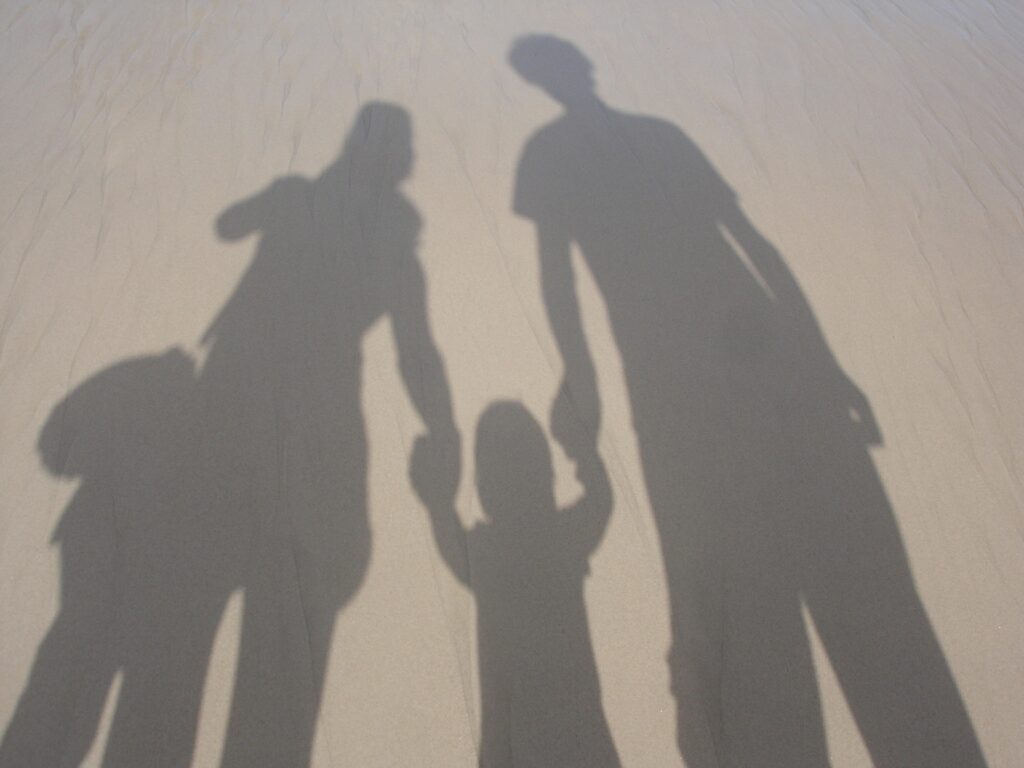This post is written by Amber Kelly and Danielle Chambers, two students at Austin Bible Institute. They both have a strong love and passion for orphans, strive to get proper training to equip themselves, and work regularly with Shaping Destiny, a nonprofit orphan care ministry.
We have had the opportunity in the past to attend the Empowered to Connect conference simulcast, hosted by Grace Covenant Church in Austin, TX. While many important topics were presented, we wanted to zone in on some of the points that stood out the most to us and helped us look at orphan care in an compelling way. We learned three specific ways that caregivers can improve on loving from the inside out. What does it mean to love from the inside out and how do we do it? What does loving our children from the inside out look like?
Let’s take a look at 3 ways that we as parents (or caregivers) can improve in loving orphans and high-risk children more effectively.

1. Make the choice to love from the inside out
Love is a choice. We think most of us would agree with that statement, but what does it mean to love from the inside out? True and genuine love is healthy, at least we aspire for it to be. For us to love from the inside out we have to be healthy internally. If we are called to love God with our mind, body, and spirit it is logical for us to love his most prized creation the same way. We must have a healthy mind, body, and spirit before we can effectively love at-risk children. We have to be emotionally healthy first because that is an area they are especially weak in. We, as parents and caregivers, must deal honestly with our own history and recognize the role that it plays in how we show love. “We must address OUR history with fierce honesty then release it with compassion and forgiveness.” This allows us to have a better understanding of ourselves in order to have deeper, trust-based relationships.
2. Meet the child where they are
Just as God meets us right where we are (full of sin and flawed as ever) we too should meet our children where they are. Understand that a child’s past and upbringing impacts and effects the way they think, feel and react towards specific situations. This is true for all of us. The things of the past effect who we are, what we do, and how we care for our own children. Where there is a behavior there is a need. As caregivers, we need to look beyond the behavior to the need of the child. Children oftentimes have a hard time relaying that need to their caregiver, especially if they have received negative feedback to that need in the past. It is not necessarily about stopping the behavior, but more about teaching the child the skills that would get their needs met. Take a second to make the child’s needs superior to your wants.
Here are 3 R’s in helping caregivers handle negative behavior:
- Regulate yourself
- Regulate your child – model and teach self-regulation strategies
- Reconnect in relationship
Lastly, be present and in the moment. Avoid brining up past disfunction’s or allowing them to play a role in your NOW response.
3. Be connected
“Connected children learn their strategies from connected caregivers.” Here are some ways you can practice being connected to your child:
- Time in vs. time out
- Bring child closer rather than sending them away
- Resolution vs. consequences
- Problem solving vs. lectures and sermons
- Advocacy stance vs. adversary stance
- Focus on child’s preciousness rather than child’s “failures”
Lastly, be emotionally available, no matter the circumstance or behavior. Being emotionally available gives room for trust to be built, which is crucial in loving effectively.

